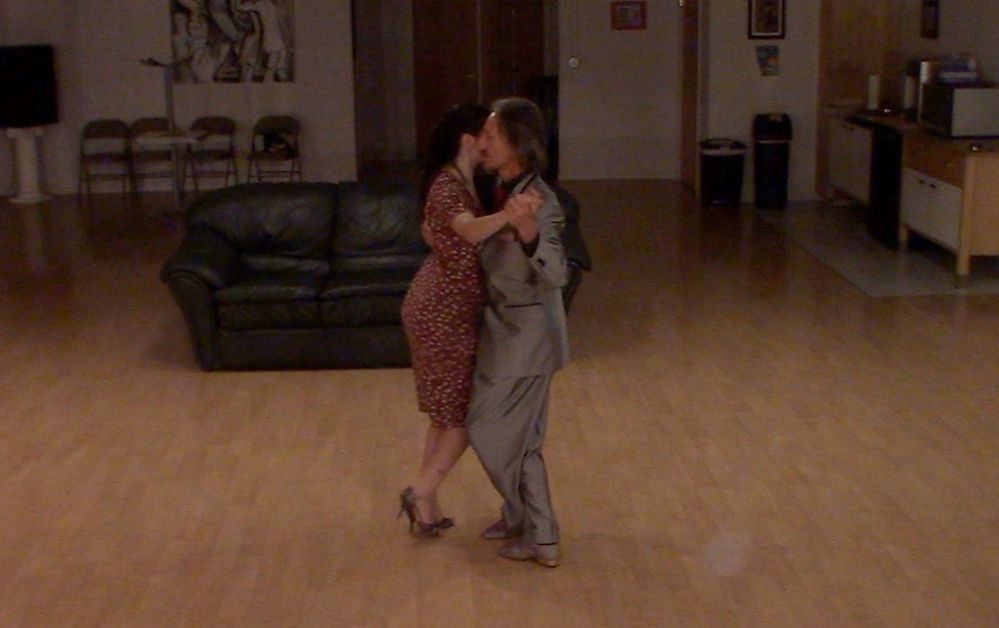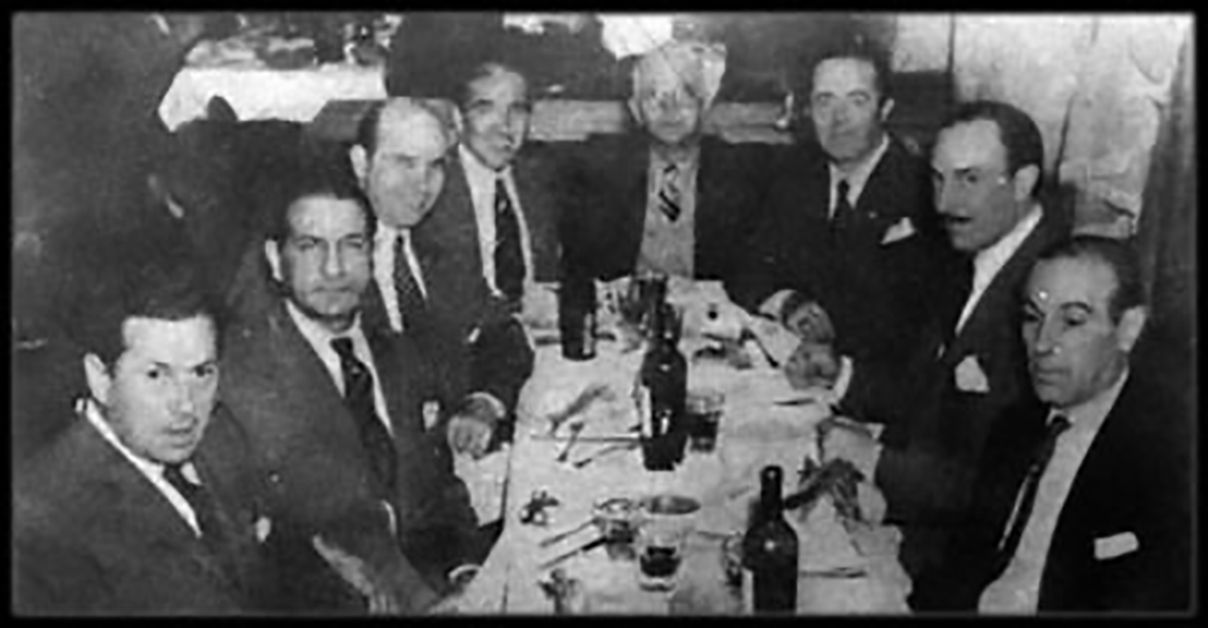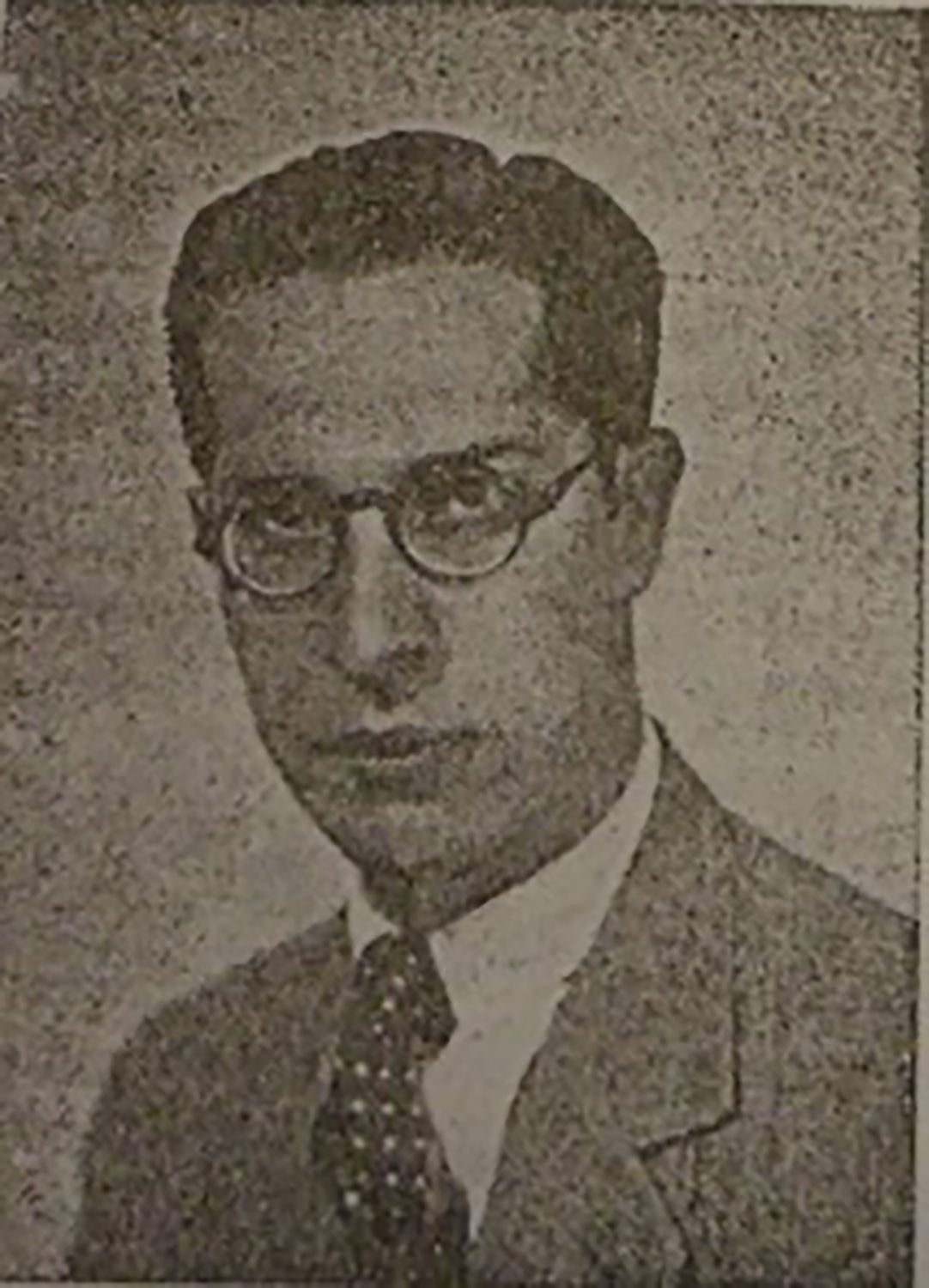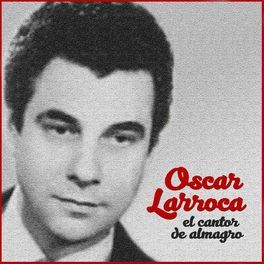Argentine Tango dancing with Miranda at our virtual class
Argentine Tango dancing with Miranda at our virtual class
A dancer, a true dancer (and, again, this is a matter of taste), is made of a continual reshaping of habits, endless strengthening, advancing “step by step” (metaphorically and literally) in his/her transformations, carefully demanding from himself/herself the maintenance of a conscious awareness of the totality of existence, where no aspect of life is neglected, neither duty nor joy.
Watch more Argentine Tango performances
- Watch more performances by Marcelo Solís
- Watch our video lessons
- More performances by other Argentine Tango Maestros
Now we also have virtual online classes
Learn to dance Argentine Tango in the San Francisco Bay Area:









